
How to Obtain EU CE Certification for Toys?
There is a wide variety of toys exported to the European Union. Below, JJR Laboratory has summarized the types of toys that are most commonly exported and provided an analysis of the CE certification process, as well as the relevant standards and testing items based on EU Directive 2009/48/EC and the EN71 series standards.
CE Certification Process
1. Product Classification
Identify the type of toy (e.g., plush, electronic, plastic, rubber, etc.) and determine the applicable directives and standards.
2. Application and Contract
Fill out the application form and sign the testing contract. Provide the necessary product technical documentation.
3. Sample Submission
Send toy samples to an EU-accredited laboratory (e.g., JJR Laboratory) for testing. If applying for an EU Notified Body Certificate, please contact JJR for more details on this process.
4. Testing Items
Based on the toy type, complete necessary mechanical, physical, flammability, chemical, and other tests.
5. Report Review
Once the tests are completed, a draft report will be generated. After confirmation, the formal CE certificate will be issued.
6. Labeling and Declaration
Apply the CE mark to the product, include a Declaration of Conformity (DoC), and provide the details of the European representative.

Standards and Testing Items for Different Toy Types
1. Plush Toys
- Applicable Standards: EN71-1/EN71-2/EN71-3
- Core Testing Items: Mechanical strength (small parts, seam tensile strength), flammability (burn rate), chemical migration (heavy metals, azo dyes).
2. Lego / Plastic Toys
- Applicable Standards: EN71-1/EN71-3
- Core Testing Items: Sharp edges, tensile/twist testing, chemical leaching (phthalates, PAHs, etc.).
3. Electronic Toys
- Applicable Standards: EN71-1/EN71-3/EN62115
- Core Testing Items: Electrical safety (temperature rise, insulation), electromagnetic compatibility (EMC), battery safety, chemical migration.
4. Rubber Toys
- Applicable Standards: EN71-1/EN71-3
- Core Testing Items: Physical durability (stretch/tear), chemical migration (nitrosamines, migratory elements).
Additional Notes:
1. General Testing Standards
- EN71-1: Mechanical and physical properties (small parts, sharp edges, projectile energy, etc.)
- EN71-2: Flammability (burn rate of plush/fabric materials)
- EN71-3: Migration of 19 heavy metals (lead, cadmium, mercury, etc.)
2. Special Requirements
- Electronic toys must comply with the EN62115 electrical safety standard (e.g., input power, fire protection).
- Toys containing liquids or gels must undergo microbiological testing (e.g., EN71-12).
Labeling and Warning Requirements
1. CE Mark
The CE mark should be clearly visible, with a height of at least 5mm.
2. Age Labeling
Clearly specify the appropriate age for the toy (e.g., “For children aged 3 and above”).
3. Warnings
Specific warnings are required for certain risks, such as choking hazards due to small parts.
Certification Considerations
1. Appoint an EU Authorized Representative (EC REP)
The EC REP is responsible for market surveillance matters in the EU.
2. Retention of Technical Documentation
Retain technical documents (e.g., design drawings, test reports) for at least 10 years.
This overview integrates the relevant EU directives and EN71 standards, helping ensure compliance for toys entering the European market. For more detailed information, feel free to contact us for further communication.
Email:hello@jjrlab.com
Write your message here and send it to us
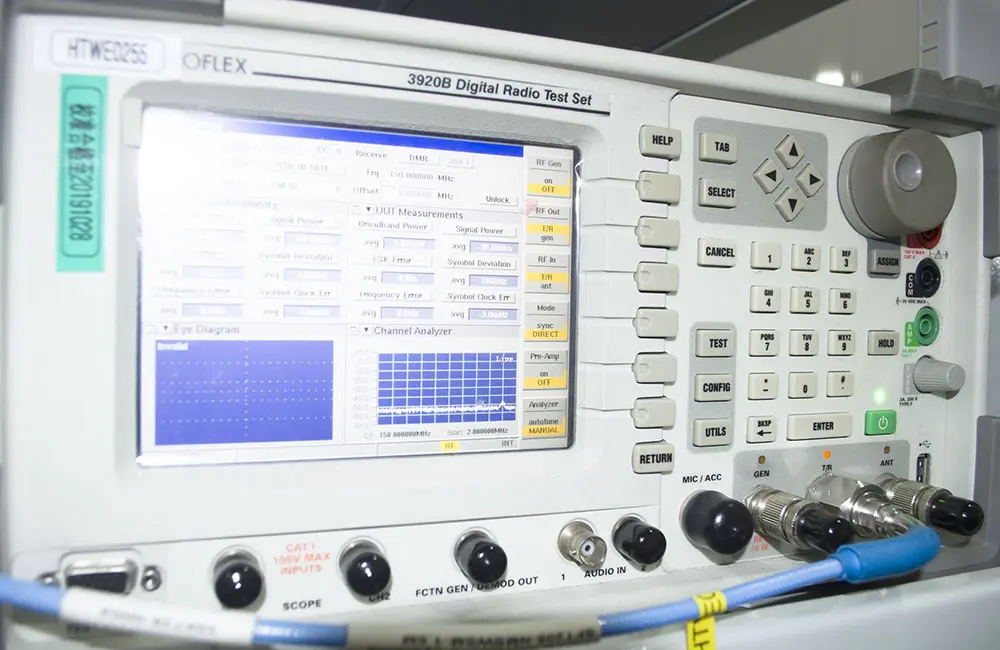 Malaysia IPv6 Testing
Malaysia IPv6 Testing
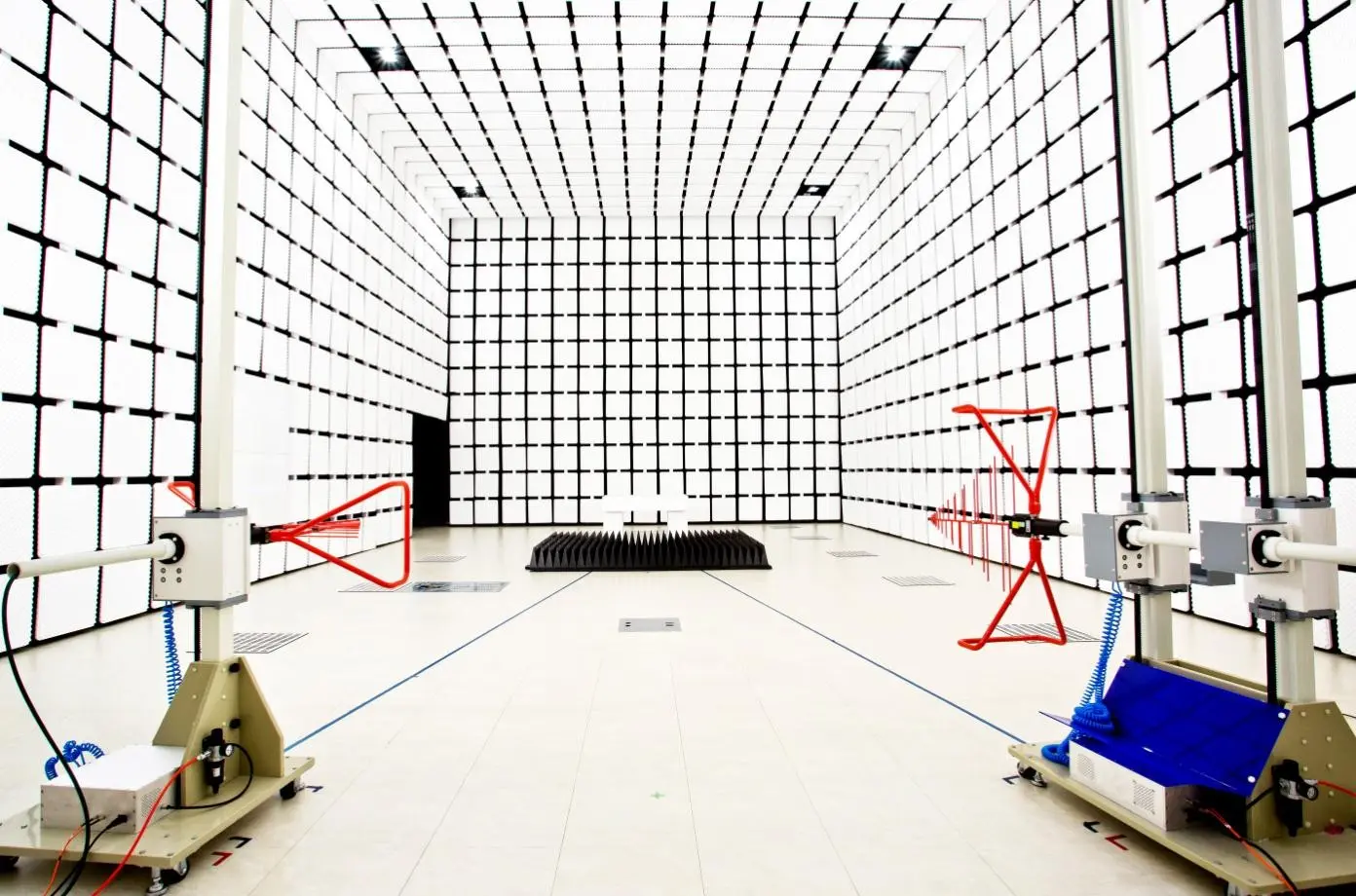 A Detailed Introduction to the EU EN 18031 Standar
A Detailed Introduction to the EU EN 18031 Standar
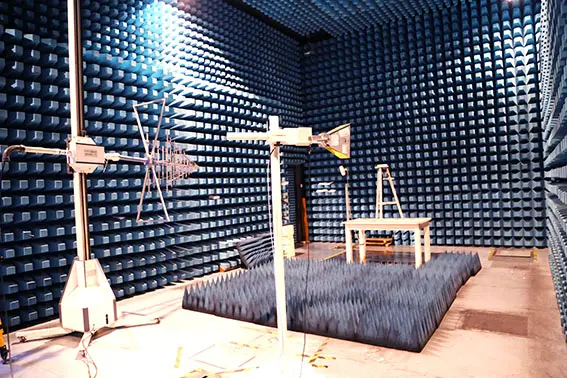 Is EN 18031 Cybersecurity Compliance Mandatory?
Is EN 18031 Cybersecurity Compliance Mandatory?
 How to Obtain EU CE Certification for Toys?
How to Obtain EU CE Certification for Toys?
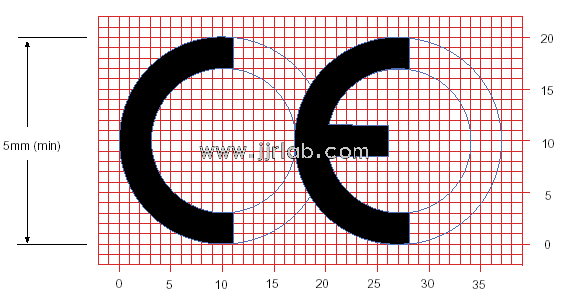 How to get CE Certification for Electronic Electri
How to get CE Certification for Electronic Electri
 ISO 10993-23 Irritation Testing
ISO 10993-23 Irritation Testing
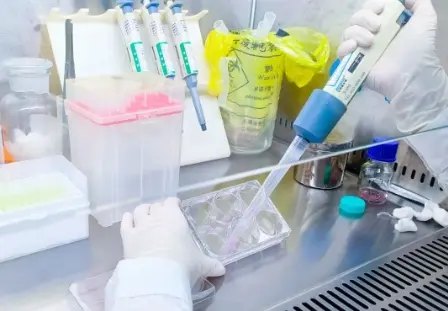 Guide to Compliance Certification for IVD Devices
Guide to Compliance Certification for IVD Devices
 Biocompatibility Testing for Passive Medical Devic
Biocompatibility Testing for Passive Medical Devic
Leave us a message
24-hour online customer service at any time to respond, so that you worry!




